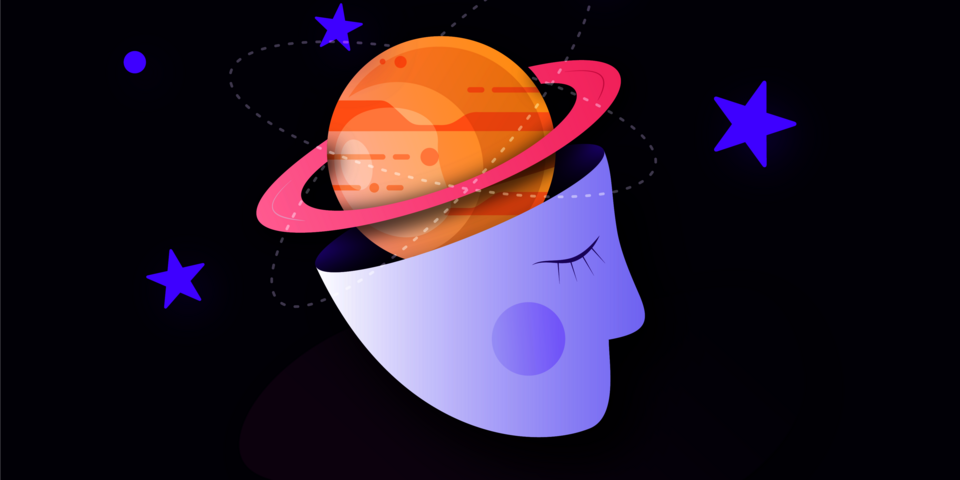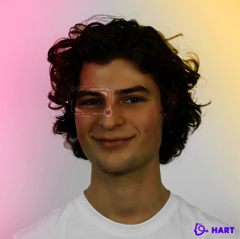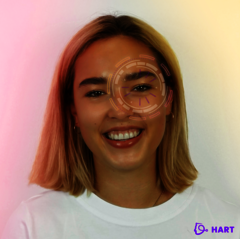Team HART creates new sensory experiences
TU/e has last week added a new name to the ever longer list of official student teams: Team HART wants to put human augmentation at TU/e on the map as a theme, and aims to do nothing less than enrich the world of human experience with new sensory impressions; starting with ‘feeling’ speech.
The seed for Team HART (Human Augmentation Research & Technology) was sown this past summer by Mariia Turchina, student of Applied Mathematics. Inspired by super hero films, she pondered the idea of how wonderful it would be if ordinary people had skills as cool as those of the The Avengers. “Then you're talking about human augmentation, a subject I'm keen to work with in some practical way. But there wasn't a team I could join; it wasn't a field anyone was covering. So Victor Brouwers and I started looking into whether we could start a team of our own.”
Before long they had found four others prepared to join the soon-to-be team. One of them is Turchina’s fellow student Wolff Voss. He tells us about the added value that human augmentation can have for society. It is not just about people who are blind or deaf, he says. “Take a firefighter, for example, for whom it could be really useful to experience what is behind a closed door or how warm it is there. Or consider a surgeon being able to experience whether he or she is close to the site of a tumor or vein, without having to look aside at a screen.”
Language of touch
For this academic year, Team HART's ambition is to develop a proof of concept in the shape of a wearable device (possibly incorporated in clothing) that converts spoken text - in any language - into vibrations. The thinking here is that this allows a hearing-impaired person, for example, to use this feeling to follow their interlocutor's speech, while the invention can also serve as an interpreter. This is because with the help of artificial intelligence, it should ultimately be possible to convert any language to the same pattern of vibrations, Voss explains, “We want to develop a universal ‘language of touch’.”
For the longer term, the possibilities are endless, points out the instigator Turchina. “Our brains do not see, hear, smell or feel something directly; they only interpret electrochemical signals.” Our brain learns surprisingly quickly to attach meaning to particular patterns, in the form of vibrations for example. Given this, the vibrations produced by Team HART could represent not only speech or language, but possibly also images or scents, she points out. “In principle any form of data.”
Recruitment
Another of the team's aims is to familiarize people with the concept of human augmentation, she says. “We also want to start a discussion, on the ethical implications, among other topics. Most people's first thought is surgical implants and that scares them. But we're showing that there are other avenues to explore.”
In the meantime, the team is looking to increase its numbers. “Human augmentationis a very broad subject; we can certainly use more people with an understanding of hardware, artificial intelligence, psychology and much, much more,” says Turchina. “We'd like to expand to fifteen team members in total.”
On Tuesday November 24th a recruitment day is being held for all the student teams, among them Team HART. The team will present itself at the online event.




Discussion